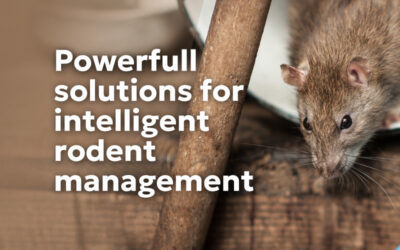Urban environments, with their varying population densities and complex infrastructures, are prime locations for rodent proliferation. Species such as the norway rat (rattus norvegicus), the black rat (rattus rattus), and the common mouse (mus musculus) pose significant public health risks, cause substantial material damage to infrastructures, and can severely harm the reputation of businesses and municipalities worldwide. For pest control operators (PCOs), who are the first line of defense, a deep understanding of these pests’ habits is not only beneficial, it is essential for developing integrated, innovative, and sustainable control strategies adapted to diverse urban landscapes.
news

